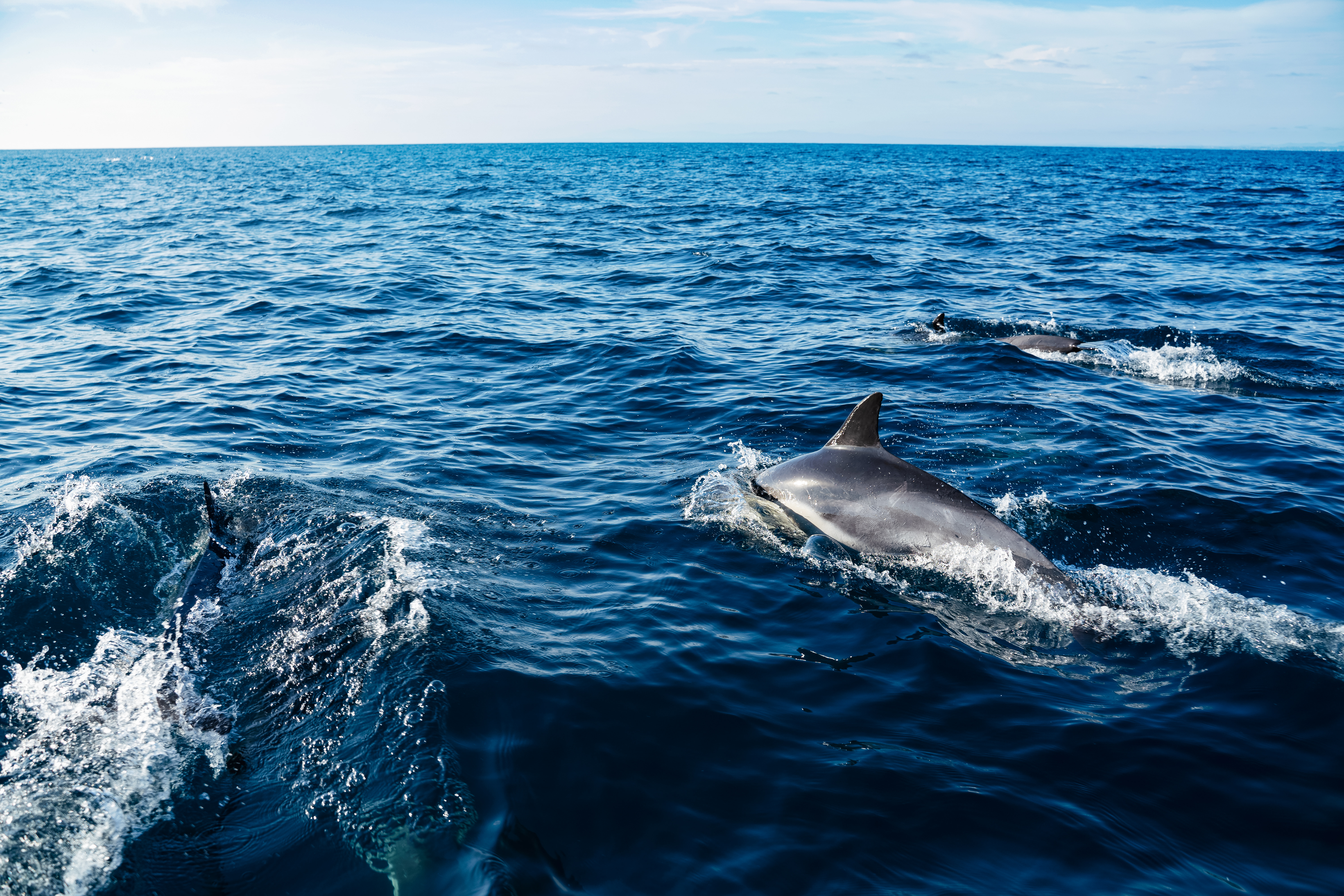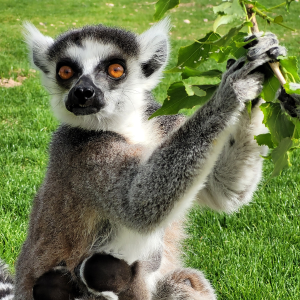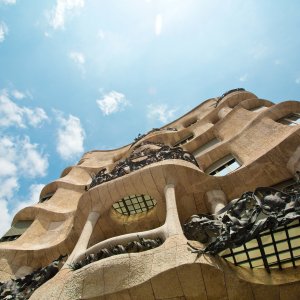Since the 80's, the Spanish coasts, and especially the Canary Islands, have made it popular to take tourists to the sea to enjoy a different kind of experience.
With boat trips where you can enjoy a good snack, accompanied by beers and sangria, today we bring you a story of a company that revolutionized this activity towards a more sustainable model.
Tenerife Dolphin, a change of business model towards sustainability in whale and dolphin watching
In those years, companies dedicated to boat excursions did not pay special attention to bringing true whale watching experiences to life, nor did they consider, broadly speaking, the impact that this activity could cause on their ecosystems.
But ahead of the industry, in 1985 Tenerife Dolphin observed on one of these boat trips that the experience could be more enriching than a simple meal at sea... On one of its excursions, a tourist biologist was on board, who observed that the animals accompanying them on the trip were not bottlenose dolphins, but pilot whales.

From that moment on, Tenerife Dolphin started to focus its outings on whale watching and, over time, became one of the leading and most sustainable whale watching companies in Tenerife. Tomas Grundahl, marketing manager of Tenerife Dolphin, told us about this change: "Little by little, we realized that the cetaceans here were very easy to see and that there were both whales and dolphins. Some species are resident and are here all year round, like the pilot whale, and it is also a migratory area through which many other cetaceans pass.
Thus, without losing the focus on the enjoyment and disconnection that consumers seek in their getaways at sea, they have completed their offer with services typical of a model of sustainability: a more educational tourism, sensitized and connected with the environment that gives life to their activity.
The coast of Tenerife, a protected area of unspoiled beauty
After interviewing Tomas Grundahl, he himself told us the importance of valuing and protecting the livelihood of his business: our excursions take place within a protected area and declared since September 2011 as a Special Area of Conservation (ZEC).
The routes taken by the company's boats converge in natural ecosystems of great beauty, with crystal-clear waters and marine habitats with the greatest biodiversity on the planet. Such is its value that the area has been certified as a Point of Hope by Mission Blue, a Whale Heritage Site by the World Cetacean Alliance and Kilometer Zero of the Tropical Pilot Whale by the World Biological Corridor Committee.
Specifically, we are talking about a marine extension of 76,648 hectares, ranging from Punta de Teno to Punta de Rasca. In this space, 79 species of cetaceans inhabit, of which 19 are usually sighted in almost all Tenerife Dolphin routes, with a unique experience thanks to its Royal Delfin catamaran, which has underwater vision. The most commonly sighted species tend to be of the Pilot Whale and Bottlenose Dolphin family, as well as some turtles and seabirds.
The Canary Islands are located at the northern limit of distribution for tropical water species and at the southern limit of distribution for temperate or cold water species. This makes them a point with a great diversity of cetaceans. In addition, in the ZEC zone, the ocean reaches a depth of up to 2,000 meters, which allows the giant squid, the pilot whale's main prey, to live there.
Sustainability measures in whale watching in Tenerife
One of the ways in which Tenerife protects the cetaceans in the ZEC zone is through the Whale Watching Sustainability Charter, of which Tenerife Dolphin has been a member since 2010.
As Grundahal explains, the companies that voluntarily adhere to the charter commit themselves to respect cetaceans and the environment, as well as to offer an enriching tourist experience for the client.
For example, in order to sign this charter, companies must abide by a series of protocols. We cannot approach the cetaceans closer than 60 meters, the maximum observation time is 30 minutes and there cannot be more than three boats with the same group. Sometimes, we see the cetaceans very close because we turn off the engine and they are the ones who come closer, explains Grundahal.
As Grundahl says, we undergo an annual audit by Tenerife Tourism, in which one of the phases is the visit of mystery clients, who come to the excursion to evaluate us. In addition to the sighting standards, they take into account many other environmental and sustainability aspects, such as: waste separation on board, ecological cleaning products, substitution of single-use plastics, among others; it is a very complete review.
Tenerife Dolphin, a success story in sustainability in Tenerife whale watching tours
In 2019, Tenerife Dolphin obtained the ISO14001 Certification for the Environmental Management System in Whale Watching Excursions, achieving in 2023 to certify its practices in sustainability with the Biosphere system.
Thanks to its efforts to advance in its path towards continuous improvement, this same year 2024 this company has been awarded the prize for the best practice in sustainable nature tourism in the VI Sustainable Tourism Practices Contest of the Cabildo of Tenerife.
Some of its numerous actions recognized with its Biosphere certification include:
- The use of renewable energies such as solar panels, to charge phones.
- Elimination of single-use plastics and recycling on board.
- Training of the ship's office staff and crew.
- Beach clean-up initiatives and environmental projects in schools.
- Marine debris collection.
- Use of environmentally friendly cleaning products.
- Onboard gastronomy of local origin.
- Donation of leftover food to animal shelters.
In short, Tenerife Dolphin is committed to offering responsible and sustainable whale watching experiences, instilling in tourists the importance of the natural environment and its conservation.
It is necessary that tourists value these practices and choose them. For this reason, a good tool is to consult the biosphere web, highlighting the companies that work for and for sustainability.
















